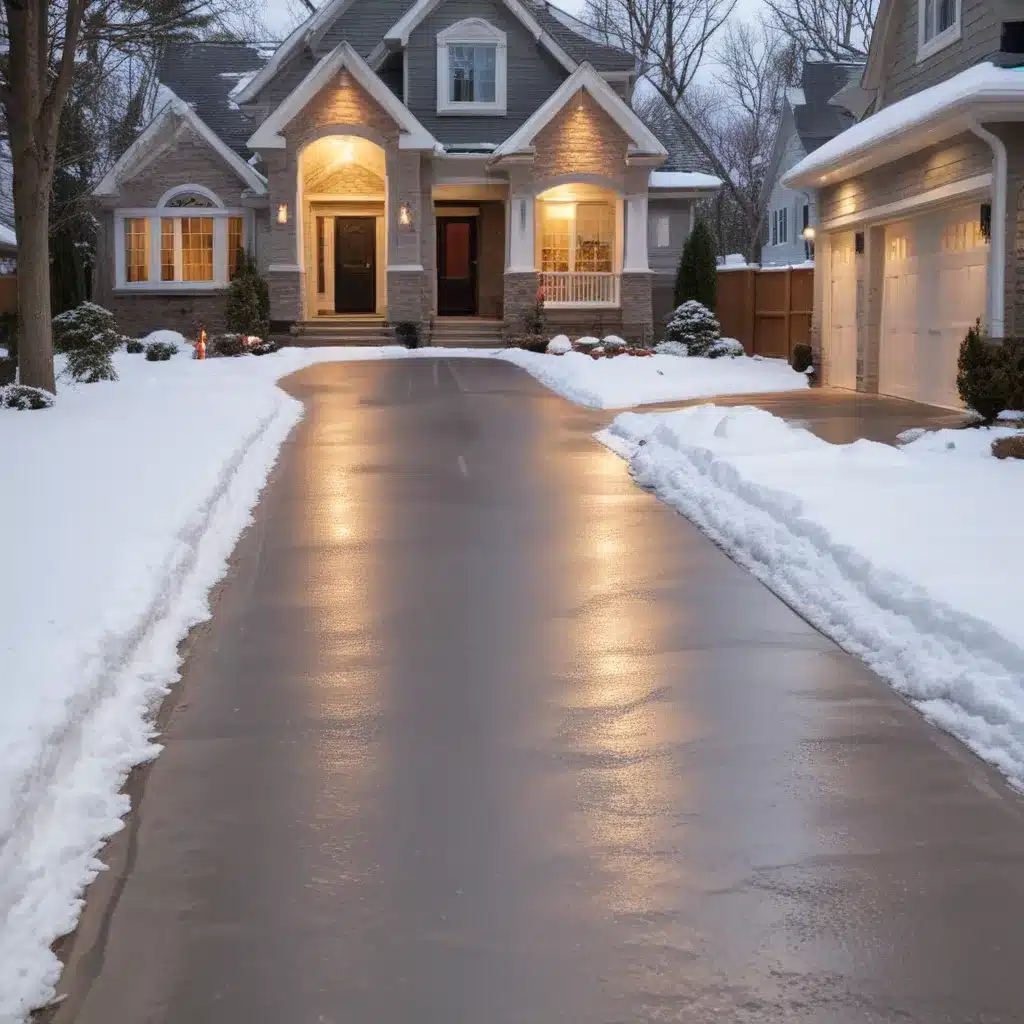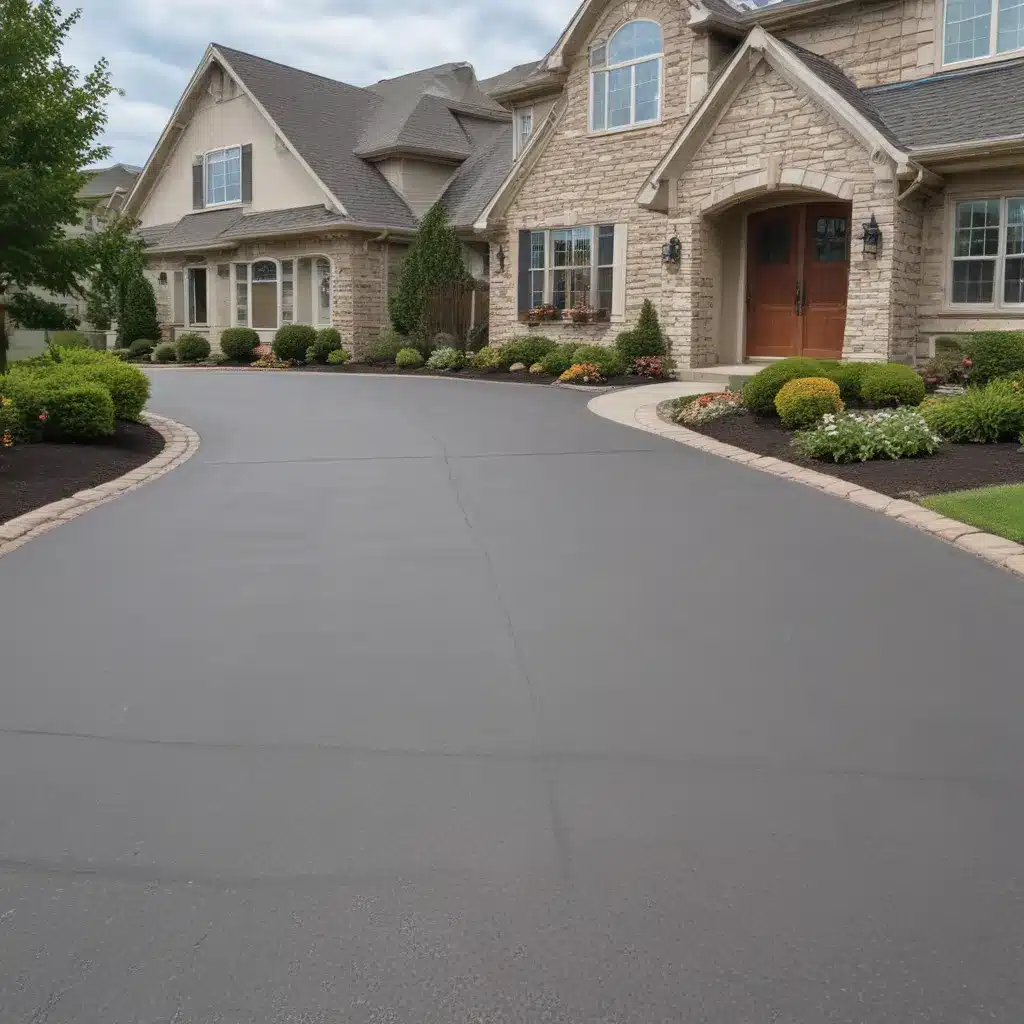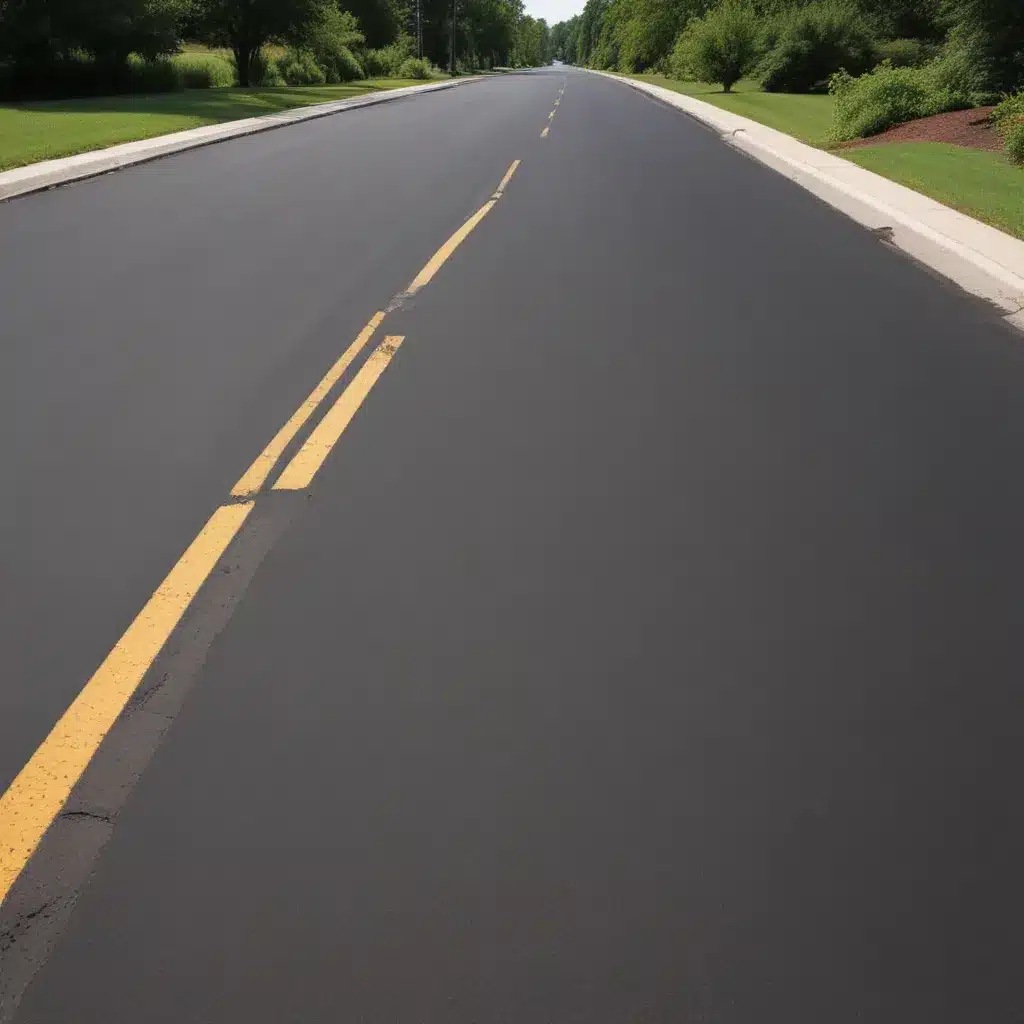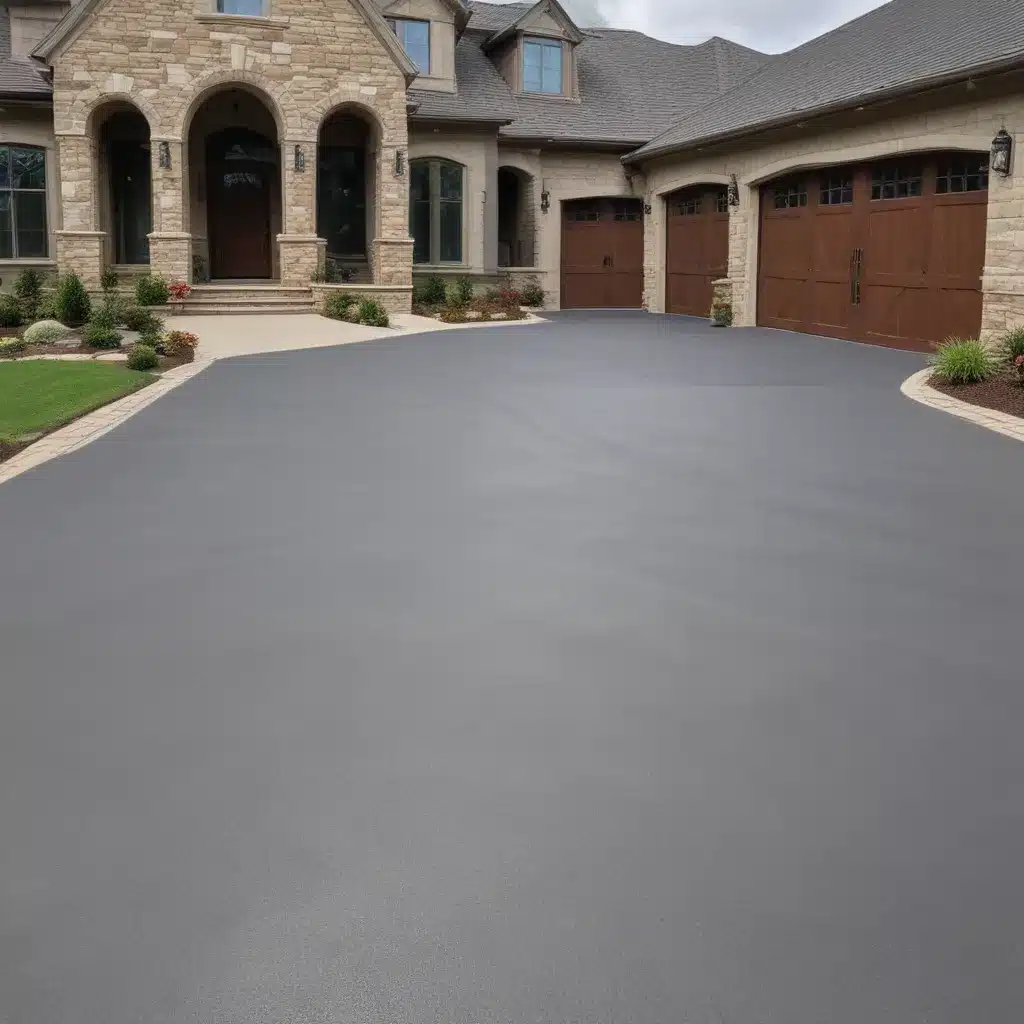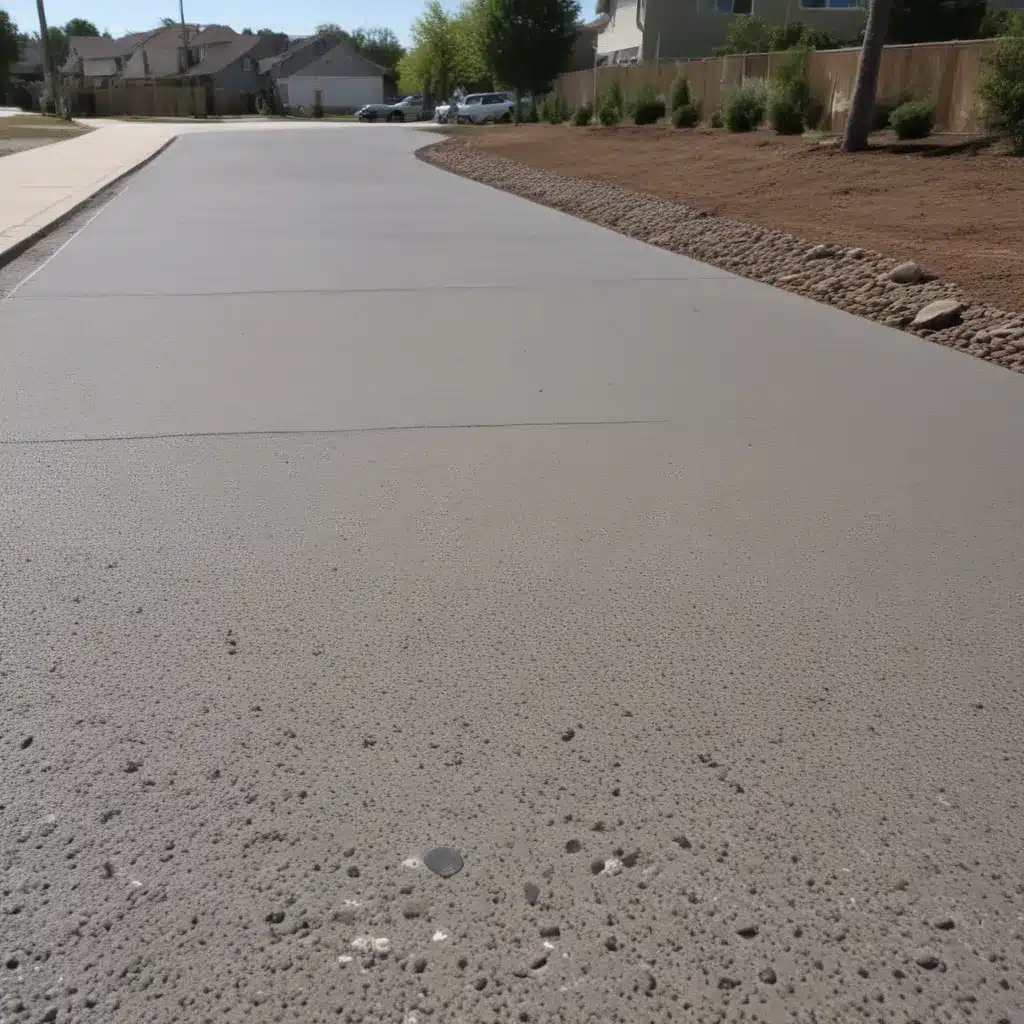The Chilly Challenge: Exploring the Benefits and Drawbacks of Heated Driveways
As someone who has had their fair share of winter woes, I can attest to the sheer frustration of shoveling snow, chipping away at ice, and battling the elements just to reach my front door. It’s enough to make even the most resilient of us yearn for a simpler, more comfortable solution. Enter the heated driveway – a tantalizing prospect that promises to melt away our wintertime worries. But is the cost of installation and operation really worth it? Let’s dive in and explore the ins and outs of this heated haven.
The Warm Welcome: Understanding the Benefits of Heated Driveways
I’ll never forget the first time I stepped onto a heated driveway. It was like stepping onto a cozy blanket, with the warmth radiating up through the pavement and melting away the icy grip of winter. No more trudging through snow, no more slipping and sliding – just a smooth, clear path leading me straight to my doorstep. And the best part? I didn’t have to lift a finger (or a shovel) to make it happen.
Heated driveways offer a myriad of benefits that can make winter a breeze. For starters, they eliminate the need for manual snow and ice removal, saving you time, effort, and potentially a few sore muscles. They also provide a safer, more accessible entryway, reducing the risk of slips and falls that can lead to costly injuries. And let’s not forget the aesthetic appeal – no more unsightly piles of snow or patches of ice disrupting the smooth, seamless flow of your outdoor space.
But the benefits of heated driveways extend far beyond just convenience and safety. They can also increase the value of your home, making it a more attractive proposition for potential buyers. After all, who wouldn’t be drawn to the idea of a driveway that clears itself, leaving you free to enjoy the winter wonderland rather than battle it?
The Cost Conundrum: Weighing the Financial Implications
Of course, the question on everyone’s mind is: “Is the cost of a heated driveway really worth it?” And it’s a valid concern. Installing a heated driveway system can be a significant investment, with the price tag ranging anywhere from $10,000 to $30,000 or more, depending on the size of your driveway and the type of system you choose.
But before you balk at the sticker shock, let’s take a closer look at the long-term cost savings and benefits. Heated driveways can dramatically reduce your annual snow removal expenses, potentially saving you hundreds or even thousands of dollars in the long run. They can also lower your insurance premiums by reducing the risk of slip-and-fall accidents on your property. And let’s not forget the potential increase in your home’s value – a heated driveway could be the selling point that sets your property apart from the competition.
It’s also worth considering the environmental impact of traditional snow removal methods. Shoveling and salting can take a toll on the surrounding landscape, while heated driveways offer a more eco-friendly solution that minimizes the use of harmful chemicals and fuel-powered equipment.
The Heating Dilemma: Exploring the Different Systems
Now, let’s talk about the nuts and bolts of heated driveway systems. There are a few different options to choose from, each with its own set of pros and cons. The most common are electric and hydronic systems.
Electric systems rely on a network of heating cables or mats embedded within the driveway pavement. They’re relatively easy to install and maintain, but can be more expensive to operate due to the ongoing electricity costs. Hydronic systems, on the other hand, use a network of pipes circulating warm fluid (usually a water-and-antifreeze mixture) to heat the driveway. These tend to be more energy-efficient, but the installation process can be more complex and costly.
Another factor to consider is the power source. Some heated driveway systems can be integrated with your home’s existing heating system, while others require a dedicated power source. This can have a significant impact on the overall cost and complexity of the installation.
Ultimately, the choice between electric and hydronic systems will depend on your specific needs, budget, and the layout of your driveway. It’s always a good idea to consult with a professional contractor to determine the best solution for your home.
The Maintenance Minefield: Keeping Your Heated Driveway in Top Shape
Once your heated driveway is up and running, the real work begins – maintaining it to ensure it continues to function at its best. This can involve a variety of tasks, from regularly inspecting the heating elements for any signs of wear or damage, to ensuring the system is properly insulated to maximize efficiency.
One of the biggest maintenance challenges is preventing the buildup of debris and sediment, which can clog the heating pipes or mats and reduce their effectiveness. This means regularly clearing the driveway of leaves, twigs, and other organic matter that can accumulate over time.
Another important consideration is the impact of extreme weather conditions. Prolonged periods of intense cold or heavy snowfall can put a strain on the system, potentially leading to costly repairs or even a complete system failure. Regular maintenance and monitoring can help mitigate these risks, but it’s important to be prepared for the possibility of unexpected issues.
The Future Forecast: The Evolving Landscape of Heated Driveways
As with any technology, the world of heated driveways is constantly evolving, with new and innovative solutions emerging all the time. One exciting development is the integration of smart home technology, allowing homeowners to remotely monitor and control their heated driveway systems from the comfort of their smartphones or tablets.
Another trend to watch out for is the increasing use of renewable energy sources, such as solar power, to power heated driveway systems. This not only reduces the environmental impact but can also lead to long-term cost savings for homeowners.
Looking further into the future, we may even see the emergence of self-regulating heated driveway systems that can automatically adjust their output based on changing weather conditions, ensuring optimal efficiency and performance without the need for constant manual intervention.
The Final Verdict: Is a Heated Driveway Right for You?
So, after weighing all the pros and cons, is a heated driveway really worth the investment? Well, it all depends on your individual needs, budget, and priorities.
If you’re someone who values the convenience and safety of a clear, ice-free entryway, and you’re willing to make the upfront investment, a heated driveway could be a game-changer. It can save you time, reduce the risk of accidents, and even boost the value of your home.
On the other hand, if you live in a climate with relatively mild winters or you’re on a tight budget, the cost of installation and operation may not be worth it. In these cases, a good old-fashioned shovel and some elbow grease might be the more practical solution.
Ultimately, the decision to install a heated driveway is a highly personal one, and it’s important to weigh all the factors carefully before taking the plunge. But if you’re like me and you’re tired of battling the elements every winter, a heated driveway just might be the key to a smooth, stress-free season.

